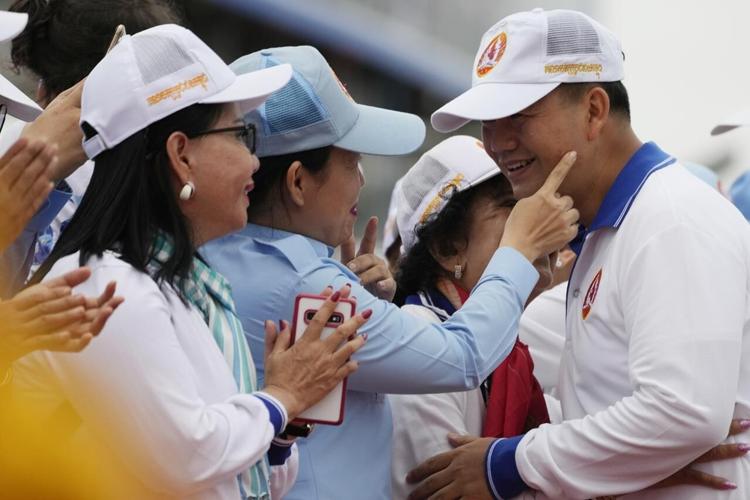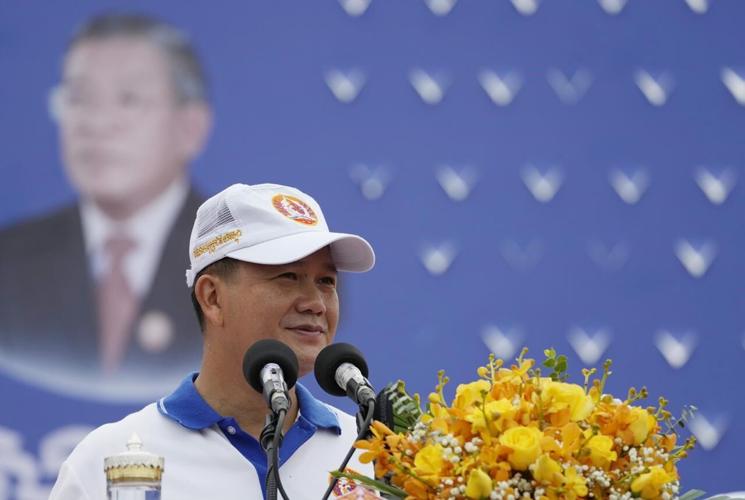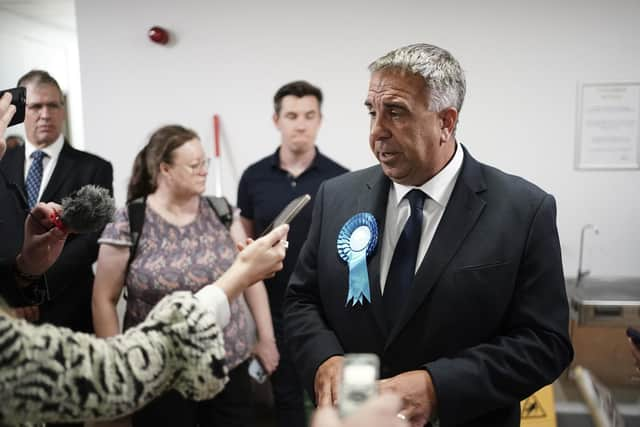The company is sending Taiwanese technicians to train US workers at the new Phoenix-based production plant.
By Jess Weatherbed,
Jul 20, 2023
:format(webp)/cdn.vox-cdn.com/uploads/chorus_asset/file/24799641/1555879434.jpg)
TSMC is also predicting a 10 percent decline in revenue for 2023 amid falling demand for consumer electronics. Photo by VCG via Getty Images
The world’s biggest chipmaker is pushing back the start of 4nm chip production at its new facility in Phoenix, Arizona, to 2025, blaming labor shortages. Apple has said that it intends to eventually source chips for its iPhones and MacBook models from the Taiwan Semiconductor Manufacturing Company (TSMC) plant in the US, while Nvidia and AMD have also committed to using its production capacity.
The chipmaker’s first Phoenix-based fab, which began construction in 2021, was originally projected to start producing 4nm chips next year. A second fab that will produce smaller, more complex 3nm chips is scheduled to open in 2026.
During the company’s Q2 earnings call on Thursday, TSMC chairman Mark Liu said that the company was “encountering certain challenges, as there is an insufficient amount of skilled workers with the specialized expertise required for equipment installation in a semiconductor-grade facility” in the US (seen via The Wall Street Journal).
TSMC is sending a task force of experienced technicians from Taiwan to the US to make up for lost time
Liu added that TSMC is planning to temporarily send technicians from Taiwan to train local workers at the new Arizona production plant. Nikkei Asia reported last month on a “task force” of more than 500 experienced workers on the way to help set up specialized equipment while also quoting analysts who said the slow progress is due to weaker market demand for TSMC’s chip production.
The chipmaker’s Q2 earnings report showed revenue (NT$480.8 billion or around $15.4 billion USD) down 10 percent and profits (NT$181.80 billion or $5.8 billion) down 23 percent from the same period last year, and its CEO Che Chia Wei projected a 10 percent revenue drop for the full year amid falling demand for consumer electronics. “Higher inflation and interest rates impact end demand in all market segments, in every region in the world,” said Wei. “While we have recently observed an increase in AI-related demand, it is not enough to offset the overall cyclicality of our business.
TSMC expects the capacity shortage caused by high demand for AI-capable chips will persist until next year
The explosive popularity of generative artificial intelligence models like OpenAI’s ChatGPT over the last year has resulted in increased demand for advanced chips required to run them. TSMC acknowledged that this has resulted in a capacity shortage as it struggles to fulfill orders, but Wei remains optimistic that this will improve toward the end of next year. “We are working with customers for the short term to help them to fulfill the demand,” said Wei, adding that the company aims to double its capacity “as quickly as possible.”
Liu said TSMC is working with the US government to maximize the subsidies and tax credits available in the CHIPS Act to cover the first five years of increased premiums from fabricating in the US.
TSMC notes that 66 percent of its total net revenue for 2023 so far came from customers based in North America, dwarfing competing markets like China (12 percent) and EMEA (Europe, Middle East, and Africa, with a combined 7 percent). It’s little wonder that the Biden administration is trying so hard to boost domestic semiconductor manufacturing, though the various issues delaying TSMC’s Arizona-based plant are a stark reminder that bringing that chip-making capacity in-house is easier said than done.








